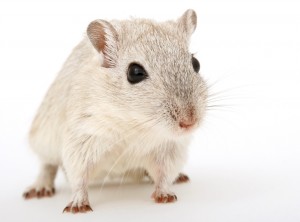 A team of researchers at Northwestern University have taken the next step in revolutionizing human reproduction. In this new study, Dr. Monica Loranda and colleges successfully inserted 3-D printed ovaries into mice, resulting in live offspring, ABC News reports. The results of the study were published in Nature Communications.
A team of researchers at Northwestern University have taken the next step in revolutionizing human reproduction. In this new study, Dr. Monica Loranda and colleges successfully inserted 3-D printed ovaries into mice, resulting in live offspring, ABC News reports. The results of the study were published in Nature Communications.
According to the study, this research is specifically targeted at cancer survivors, as chemotherapy treatments can cause infertility, absence of puberty and early-onset menopause. While around 85-90% of infertility cases are treated by drug therapy or surgical procedures, technology like this could open more permanent fertility options to people with a damaged or undeveloped reproductive system.
“A successful human bioprosthetic could have a wide range of applications,” Loranda, who is the lead author of the study, said in a statement to ABC News. She said that in addition to cancer survivors, 3-D printed ovaries could benefit those with dermatological disease, primary ovarian insufficiency, and reproductive development disorders.
ABC News reports that the bioprosthetic ovaries are made from a combination of biomaterials and ovarian cells. Researchers compared these models to those without the ovarian cells in female mice, who naturally give birth to about six babies every three weeks, producing about 35 offspring per year. In this study, three of the mouse mothers with the bioprosthetic ovaries gave birth to healthy litters, while the mice with the “sham” models did not.
While this is only the first step in developing this technology for human patients, Loranda said in a statement to ABC news that she is optimistic about its potential implementation.
“I really hope that in the future it would provide an additional option to patients who don’t have very many, restoring natural hormonal function and fertility,” she said.
ABC News reports that the researchers will need to perform more experiments before they adapt the technology to humans. Following the mice trials, they will test the bioprosthetics in larger animals, eventually working up to human ovaries.






